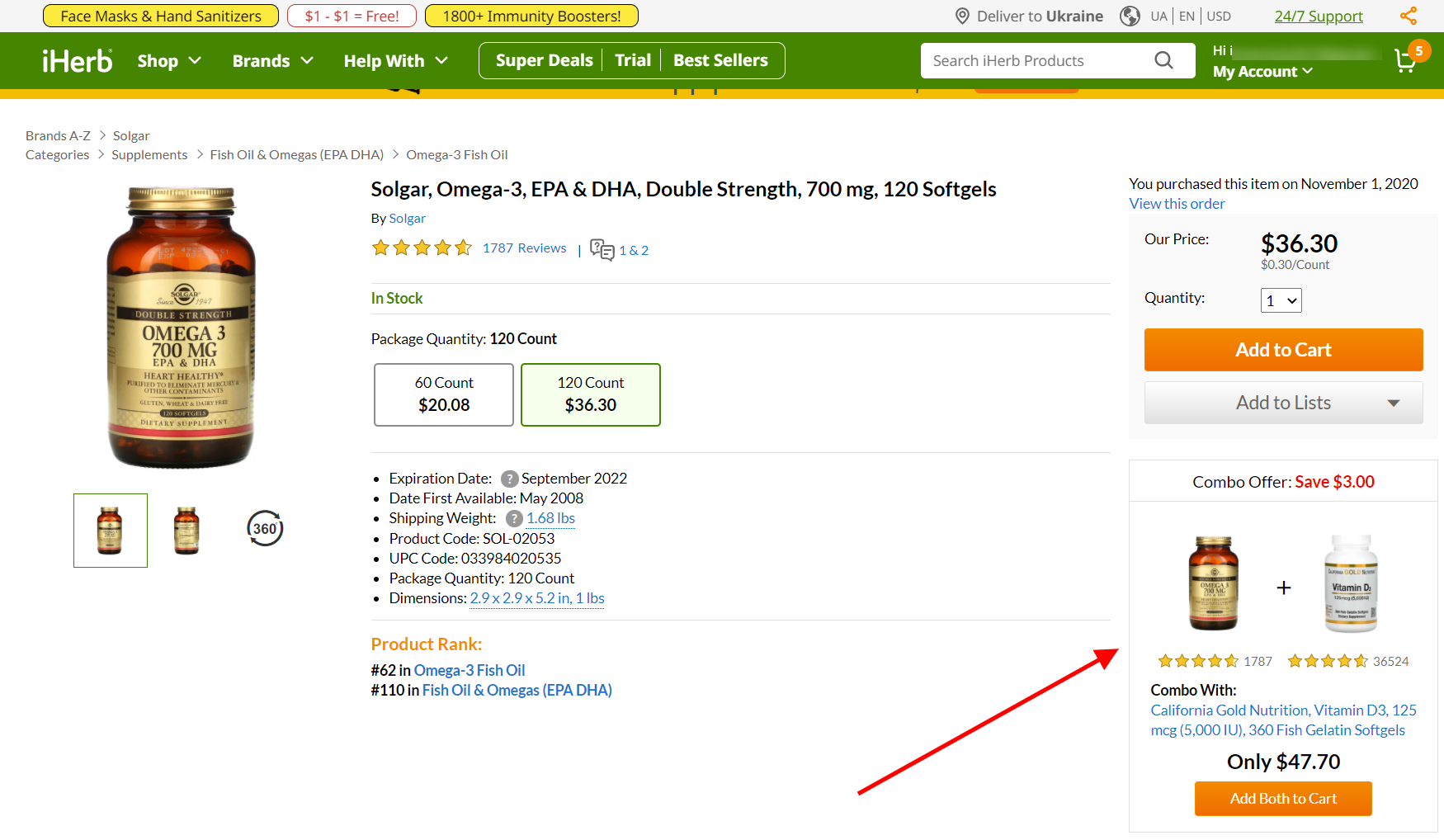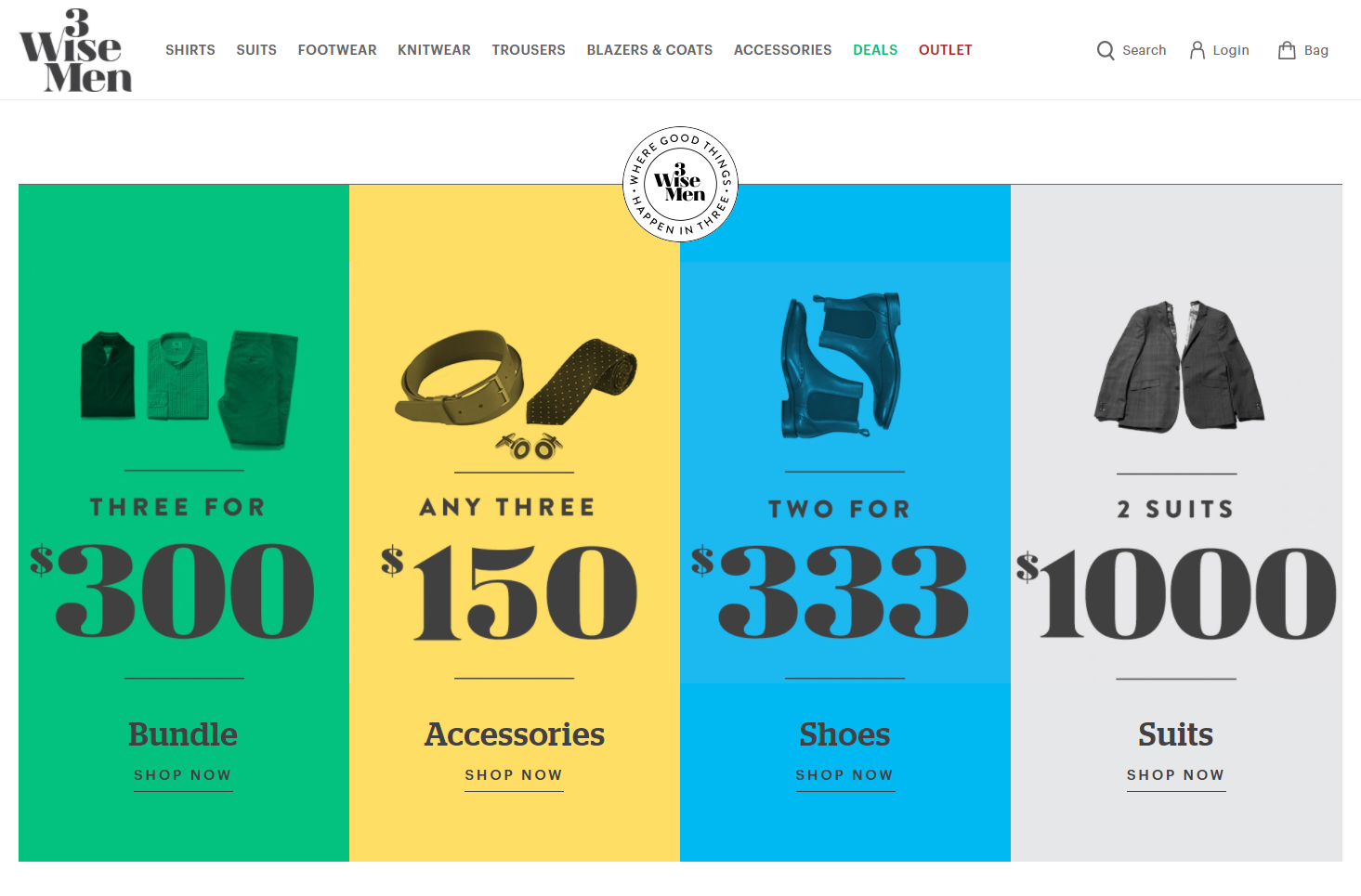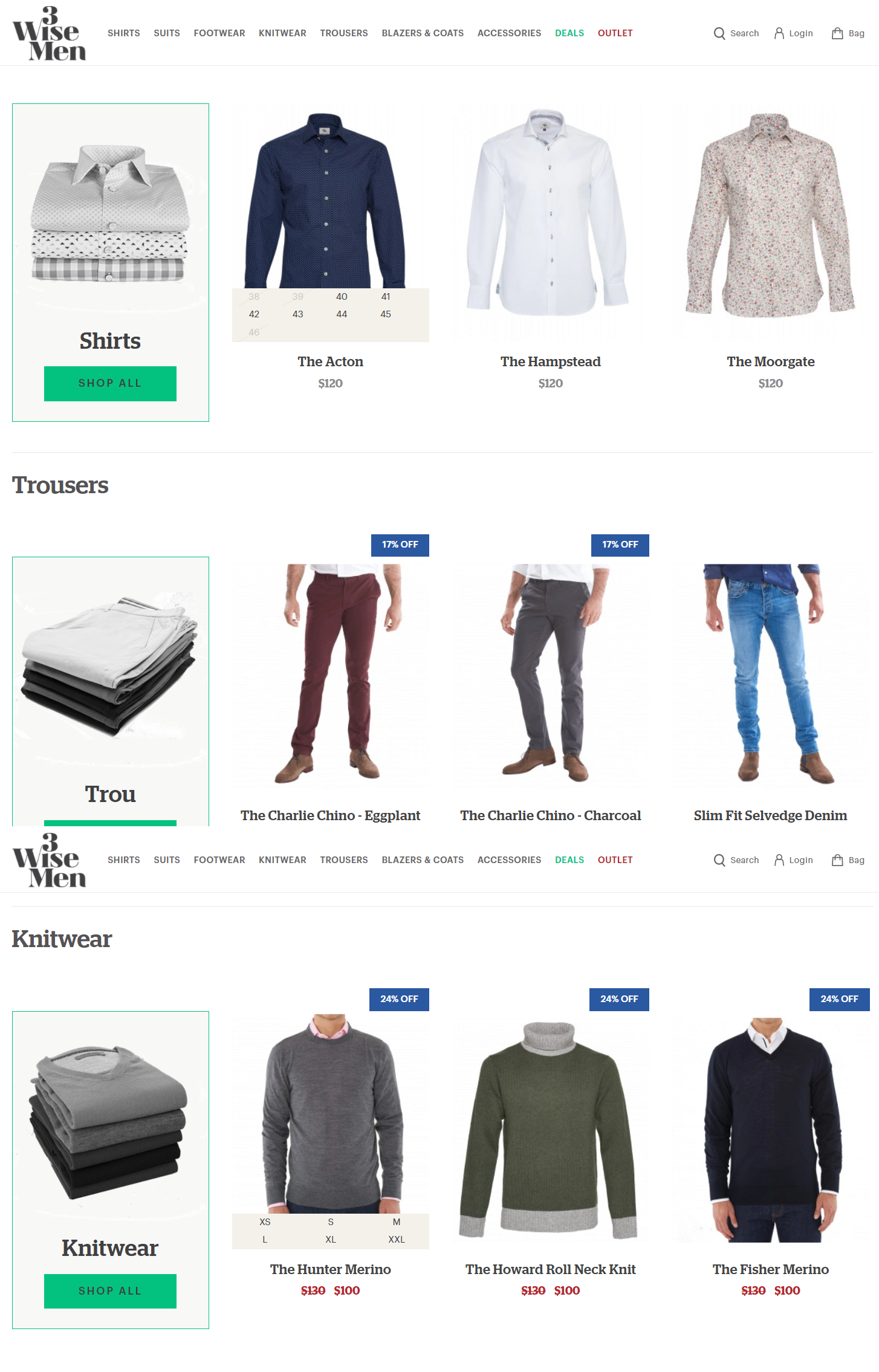Product bundling is a marketing strategy that enables companies to group complementary products into a single unit and set a lower price than if they were sold individually. It allows brands to increase sales volume and average order value as well as save money on promotion.
This technique is popular among eCommerce businesses, fast food restaurants, the hotel industry, etc. With this strategy, McDonald’s sells its Happy Meals; beauty stores create packages including shampoos, conditioners, and hair masks; hotels offer rooms with breakfast included. Such product bundles are useful for both customers and brands. Let’s discover the way they benefit.
Why do companies bundle products?
Nowadays, almost every brand offers its clients a package, a combo, or a mix based on their needs and preferences. Customers buy these sets because they help them save money and try new products at low risk since brands usually combine top-selling products with low-selling items. This technique can increase your company’s average order value, sales, and revenue, save money on promoting and distributing individual products, and enhance customer experience. Let’s discover these benefits in more detail.
Advantages of Product Bundling
- Average order value increase
- Sales volume increase
- Inventory waste decrease
- Saving money on promotion and distribution
- Personalized customer experience
Let’s discover the benefits a business can reap after creating a well-thought-out product bundling strategy.
- Average order value increase. Say, you own a beauty store, and your average order value is $15. Your top-selling product is facial cleansing foam. If you aim to increase your order value, consider offering your customer to buy a skincare set consisting of your best-selling foam, a slow-moving toner, and a cream for $35 only. Remember to choose products that complement each other and work effectively in combination.
- Sales volume increase. Sales volume is the number of products sold during a particular period, for example, a quarter. This measure shows both your general business health and the performance of your marketing campaigns in particular. Calculating this metric will help you identify the most effective selling techniques and determine high-performing sales reps. Some of your products that don’t sell can lack promotion, so combining them in a bundle with the most-selling products would be a good idea. This method will help you significantly increase the sales volume and enable clients to explore your new products.
- Inventory waste decrease. Each company has some dead stock in its warehouses. Such items stagnate on shelves, hindering new arrivals. You can make room by bundling these items with the most selling products that will work perfectly together. The only thing you need is to combine them wisely.
- Saving money on promotion and distribution. Each product needs promotion, and promotion needs investments. If marketers advertised each product of their company, the revenue would not cover these costs since there are always some goods that do not sell well. Hence, if you have five best-selling products, try bundling them with your slowly-moving inventory and sell them at a reduced price. Besides, you’ll save money on packaging since you need only one box to send a set of products.
- Personalized customer experience. You can increase customer retention and loyalty by providing them with unique and personalized offers. Check out the profiles of your regular customers in your CRM to explore their favorite products. Then, create a relevant product mix based on their needs. For example, your client always buys a skin whitening cleansing foam, so we can assume they have acne marks. You can offer them chemical peels and a moisturizer to cope with this problem effectively. Remember that customers will appreciate your care and attention.
Now that you know why companies bundle products and the benefits they reap, it’s time to get familiar with the types of product bundling to choose one that works best for your business.
8 Types of Product Bundling
- Pure bundling
- Mix and match bundling
- Cross-sell bundling
- New product bundling
- Gift set bundling
- BOGO bundling (Buy X Get Y)
- Old inventory bundling
- Occasional bundling
In this section, we’ll shed some light on eight types of product bundling so that you can discover the opportunities they bring.
- Pure bundling. It implies a mix of products that can be bought only within a bundle, and no item is sold separately. This type of bundling is often used by monopolies that aim to limit their clients’ choices. For example, cable TV providers offer packages with channels that cannot be sold individually; bus tour providers offer their clients tours that include a transfer, hotel accommodation, a guided walking tour, and headphones.
- Mix and match bundling. This bundling technique enables marketers to choose several products available for packaging so that clients can choose the necessary items and create a custom bundle. This makes them feel as if they have full control of the transaction. For these packages, companies often use perishables, for example, toiletries, six-packs of fresh juice or beer, and an option to choose a T-shirt when buying a pair of jeans at $X.
- Cross-sell bundling. It means offering a product that complements the initial choice, and this complimentary product often can’t be used separately. For example, customers are always offered to buy a case or earphones together with a phone.
- New product bundling. This type implies offering a recently launched item together with a high-selling product. This way, marketers give their new products a boost and promote them for free. The better product you choose as the main one, the higher the chances that your clients will buy this bundle.
- Gift set bundling. As the name suggests, this type of bundling helps customers choose gifts for their friends. The logic behind this is that the more products in a set, the better the gift. This type of bundling is especially popular during holidays when people look for quality and functional products. For example, a hair straightener can be sold together with heat protection hair sprays and barrettes.
- BOGO bundling (Buy X Get Y). “Buy one get one” is a killer bundling type widely used by eCommerce businesses. Companies use it to encourage customers to buy a full-priced product to get another one as a gift or with a big discount. The initial product is either expensive or a one-time use item, such as a fridge, a hairdryer, or an electric razor. This way, clients are informed that buying this item or spending the N-sum of money will let them choose a gift or receive a high discount.
- Old inventory bundling. Dead stock prevents businesses from investing money into producing new products, which makes a company stagnate. With an old inventory bundling strategy, you can clear your inventory space, sell excess and old items, and increase your revenue. Consider promoting a slow-moving product with one of your bestsellers at a reduced price. This will make your offer look attractive to clients.
- Occasional bundling. This type of product bundling works perfectly during holidays, special occasions, seasonal needs, etc. For example, flower stores can create a package dedicated to St. Valentine’s day and sell different sets of flowers with candies, chocolates, and greeting cards. Beauty stores can create special travel kits during the high season. They can contain miniature versions of cleansing facial foams, toners, and cream with SPF 50+. This bundling type allows companies to boost their revenue during holidays and special occasions.
Now that you’re familiar with the most popular bundling types, we’ll share several essential tips for you to remember and to make the most out of this strategy.
5 Product Bundling Tips
- Create data-driven bundles
- Provide different packages
- Inform your clients about savings
- Create time-limited bundles
- Promote your bundles across various channels
Follow the best practices below to create product bundles that sell.
- Create data-driven bundles. Make use of your customers’ personal data and their purchasing history to ensure that this strategy works effectively. This information will help you create personalized and unique bundles relevant to each client. Check this data in your CRM system. You’ll learn what your customers frequently buy, items they left in their shopping cart, and their needs and preferences. This way, you can create unique bundles that they actually need.
- Provide different packages. Provide your customers with a choice because having options makes them feel more satisfied. There are more chances that your clients will find something to their liking if there are more options. Limited packages often scare customers away since they make them think that the only goal of this set is to sell slowly-moving products.
- Inform your clients about savings. Customers feel satisfied if they manage to save some money. Since the core of product bundling is saving money, let clients know exactly how much money they will save if they buy this or that bundle. You can show this information in the checkout, product recommendation, on the product page, or notify them via an email campaign.
- Create time-limited bundles. The sense of urgency drives impulse purchases. Create a special category on your site, dedicating it to the juiciest offers, for example, “Five top trending bundles of the week.” Don’t forget to give a high discount for such bargains.
- Promote your bundles across various channels. This strategy won’t bring much revenue if your audience knows nothing about your offers. Find out the most effective channels for communication with your customers and inform them about valuable bundles. You can do this for free with the help of the SendPulse email service.
With all this information at hand, the only thing you need to start is to get inspired with some examples. We’ve collected several of them below.
Examples of Product Bundling
In this section, you’ll see how famous brands implement product bundling into their marketing strategy.
IHerb, a famous company selling dietary supplements and beauty and health products, uses bundling on each product page. The package depends on a customer’s previous purchases. The brand offers to save $3 if a user buys an item they have purchased before with the one they’re viewing at the moment.

Kylie Cosmetics has a separate category on their site to showcase all their bundles. What is good is that the brand emphasizes that customers can save money. A wide choice of packages available allows customers to find the one they actually need.
3 Wise Men is an online store selling high-quality men’s clothes. The brand offers four different packages to every taste and budget.

After a user chooses the first bundle for $300, they see the collection of trousers, shirts, and knitwear to choose from. In addition, the brand shows how much money customers will save if they buy three pieces of clothes together.

Congrats, now you understand the benefits product bundling can bring to your business, know its types, and have some valuable tips and examples at hand. Make use of SendPulse promotional tools to inform your audience about your best deals.
References
- This article provides a quick guide to product bundling.
- This article explains how to make product bundles work and why they may not work.
- This article shares some product bundling strategies.
Last Updated: 22.03.2023

or